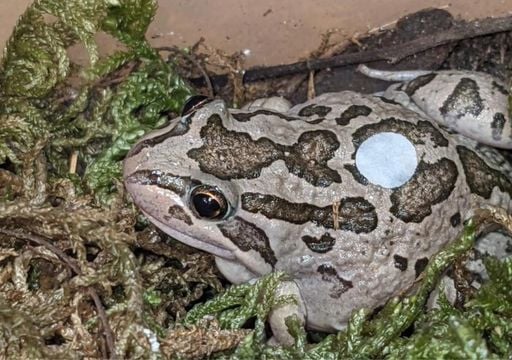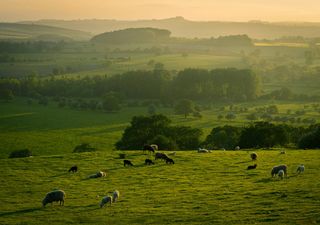Animal welfare: With artificial intelligence they verified that chickens get excited and afraid
The work consisted of analysing laying hens for 200 hours under different stimuli. This is a finding that may serve to reconsider the treatment of animals.
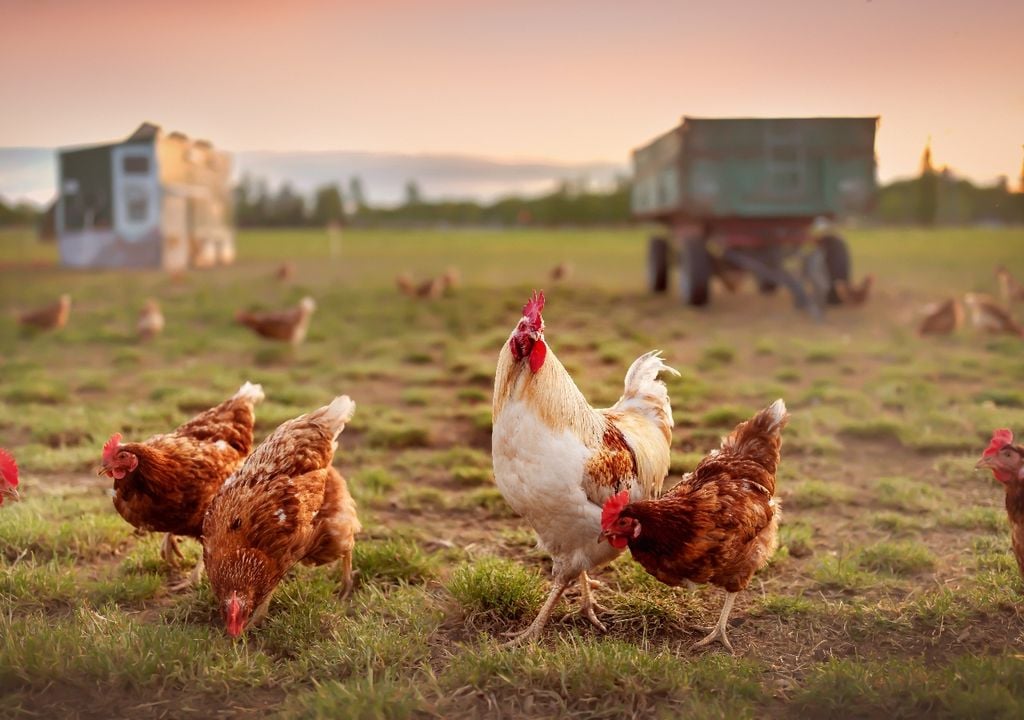
A team of French researchers demonstrated that chickens blush with emotions and that they can be more or less intense depending on their state and the action to which they are exposed.
The study, published in the journal Applied Animal Behavior Science, is based on an imaging program that took 18,000 photographs of six Sussex breed chickens observed at all times for three weeks.
To analyse chickens, some typical aspects of the species must be taken into account, since one could imagine that a free bird is happier than one in a confined environment. Since their ancestors were frequent victims of predators from the sky, modern chickens tend to fear open spaces and that is why they are placed between trees and bushes.
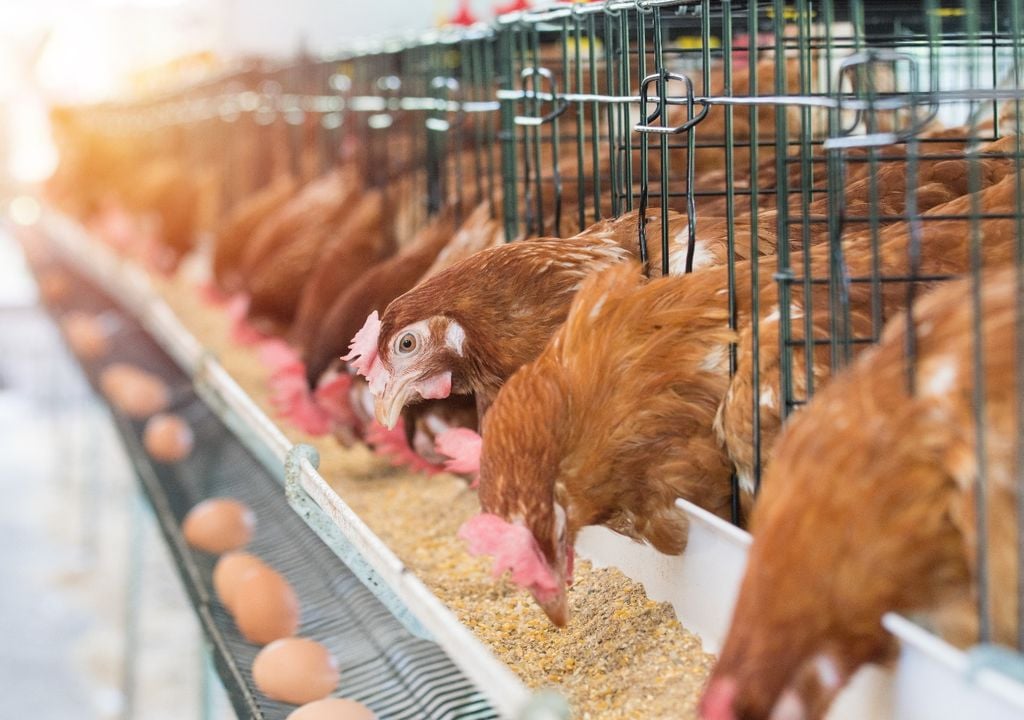
In fact, the most recent scientific work suggests that chickens feel safer in dense environments of sorghum or olive plants. The same is true for chickens in habitats with artificial cover, such as netting and straw huts where they are more likely to groom and rest.
Returning to the aforementioned work, the researchers were able to differentiate shades of blushing in this species of laying hens based on the observation they made on a farm in the Loire Valley, in central France. When they were given mealworms as food, the chickens would blush and turn maroon during a negative experience such as the possibility of capture.
Research work with AI
Until now, similar work had not been carried out on chickens, although there were previous experiences regarding the study of redness in the skin of the blue and yellow macaw, as was opportunely published in the magazine 'My science'. The study with these domestic birds was carried out for three weeks and consisted of photographing and filming six three-month-old hens. With these images it became possible to measure the levels of redness of the facial skin.
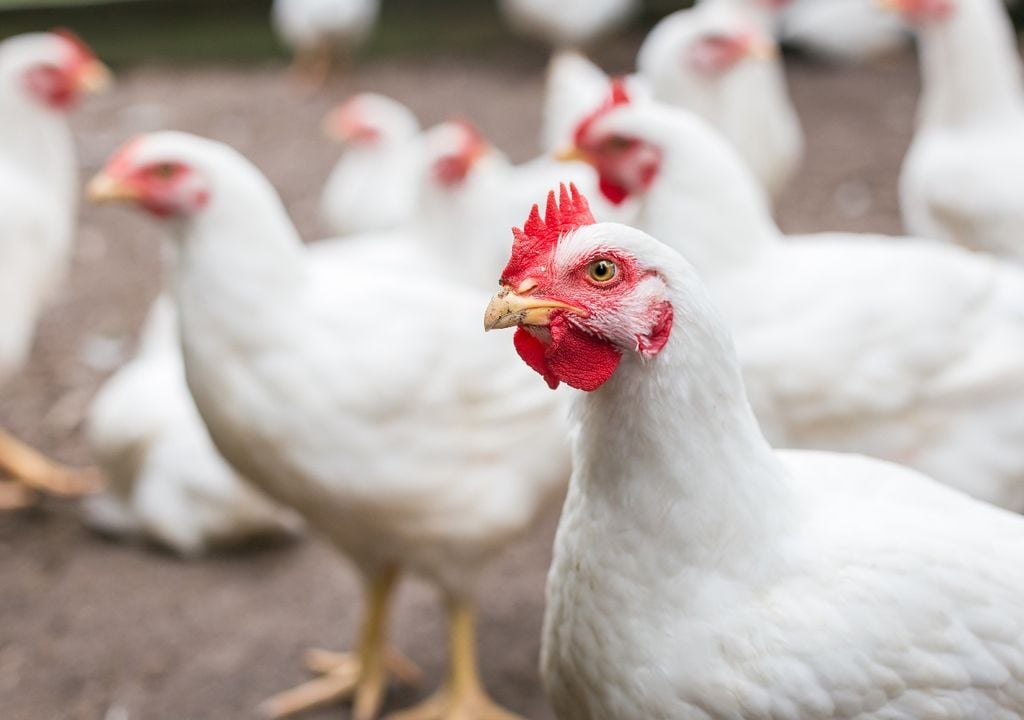
According to the official research report, “the results showed that chickens redden their faces to degrees that vary depending on their emotional state. When presented with appetising food the chickens turned slightly red, but their entire face turned purplish during negative experiences. On the contrary, when they were at rest, their skin seemed much lighter.”
The artificial intelligence (which achieved 80% accuracy when dealing with emotions such as hunger, fear, anger, satisfaction, excitement and distress) learned to recognise the sounds of chickens using a technique called Deep Emotional Analysis Learning. According to University of Tokyo professor Adrian David Cheok, “if we know what animals feel, we can design a much better world for them.”
After these findings, the researchers decided to go for more: they increased the number of chickens to continue the process for another five weeks and set the goal of measuring the degree of satisfaction when they interacted with humans. The surprise that the researchers got was that this group maintained a light skin colour, meaning that they felt calmer in the presence of people.
Can AI contribute to animal welfare?
Without a doubt, this discovery paves the way for future research into animal behaviour, which is why the director of the study plans to expand the experience with AI to other species. It is worth remembering that artificial intelligence is capable of deciphering the meaning of animal noises and their aesthetic changes by analysing large numbers of hours of filming.
Although this may seem promising, the results should be taken with great caution since the work is in the review stage by other scientists. Additionally, the researchers acknowledged that the accuracy of the model used may change with different breeds and environmental conditions.
.



